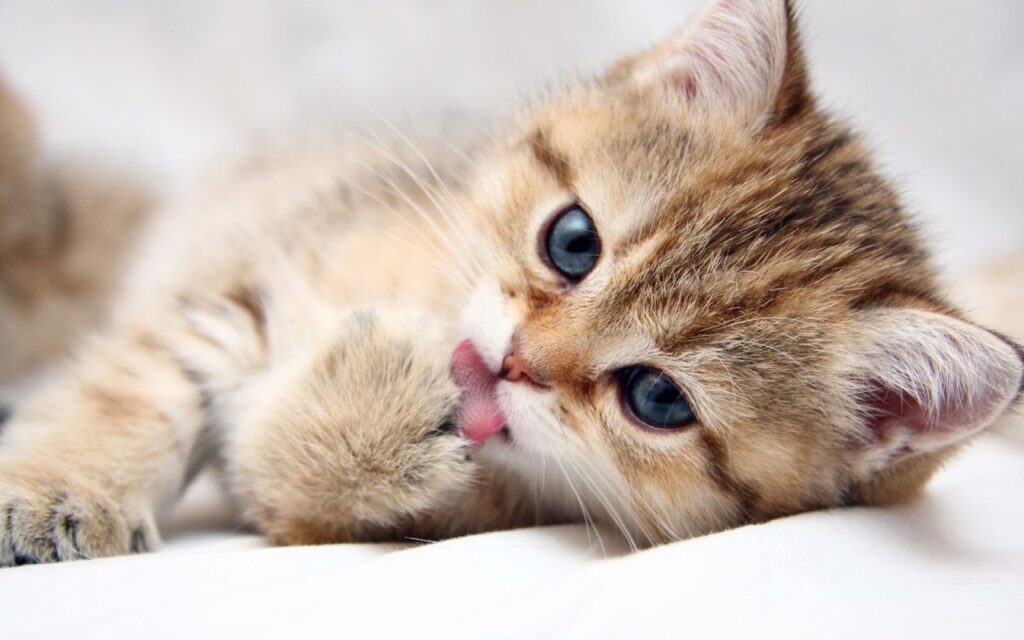In general
– A patient with a dermatophyte infection is contagious to other animals but also to humans (‘ringworm’). Young animals and people – babies and toddlers – are especially sensitive.
– The closer the contact with the patient, the greater the risk of transmission. So the patient must be kept separate as best as possible.
– In most animals, the infection can only be diagnosed or ruled out with certainty through laboratory testing.
– Most animals will overcome the infection on their own over time if they are otherwise healthy. During that healing process the inection is still contagious. Treatment therefore focuses on speeding up healing and -thereby- limiting the risk to other animals and people becoming infected. (see further per animal species).
– Dermatophytes can survive in the environment for a very long time – months – in the form of dust particles/skin flakes. That is why the environment, cage or living space, must also be included in the treatment.
Treating the environment, cage or living space
Thoroughly vacuum all surfaces at least twice a week – including cupboards, shelves, baseboards, etc. Use a vacuum cleaner with a new HEPA filter (or at least a micro filter) to prevent the contaminants from being blown out again.
Put covers/cushions – textiles – in the washing machine once a week, 30 degrees C is sufficient.
Use housing that is easy to keep clean. It is mainly about dust removal so this should be considered when choosing a cage or room.
Treatment of the patient
First of all, prevent further spread: when handling the patient, wear at least a dust coat and separate footwear that is stored with the patient.
Treatment should continue until normal hair grows again. In some cases it is wise to test if the treatment is complete and to confirm that the environment is no longer contaminated. The VqQd test is ideally suited for this.
Prevention is always better than treatment; prevent the introduction of the infection: check new animals before admission by carefully inspecting the coat.
In risky situations, eg in animal shelters and catteries -many animals-, a control test provides extra certainty; the VdQd test makes this practically possible because it is fast (‘result tomorrow’) and reliable.
Cats

Cats should be treated both locally (special anti-mycotic shampoo) or with enilconazole and orally (anti-mycotic medication). Your veterinarian can prescribe these drugs.
It is strongly recommended to completely shave the patient, particularly if they have a long coat. This facilitates the treatment and helps to curb the ongoing contamination of the immediate environment.
The entire treatment protocol must be applied until the bold spots have disappeared. Catteries commonly require two negative control tests (at least 1 week apart). The first control test can usually be done 6 weeks after the beginning of the treatment.
The VdQd test has the particular advantage of a quick result, so treatment is kept to a minimum.
Guinea pigs

Field experience shows that treatment of infected guinea pigs can be relatively simple: thorough washing with enilconazole solution (2x per week). Let the animals dry off in a clean cage, preferably with a heat source. At the same time, household clean or vacuum the cage or housing.
Dogs and Rabbits

Also with these animals, washing twice a week with an enilconazole solution is sufficient, continue until normal hair growth returns. Here too, household clean -vacuum!- the cage or house regularly.